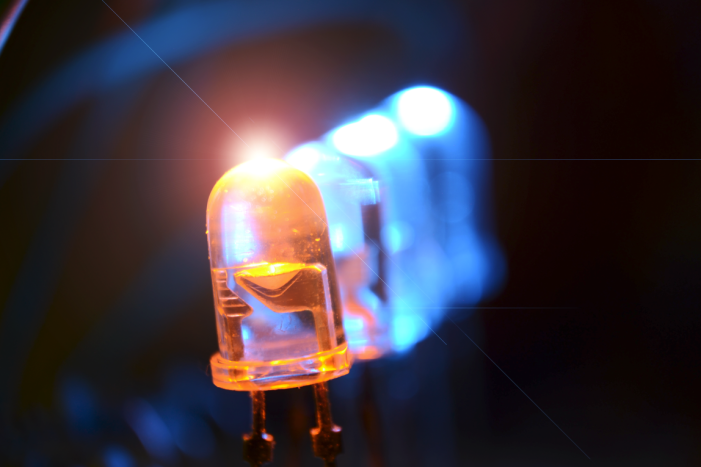LED lights are nothing new, but they are constantly innovating. Originally invented in 1927 and entering the commercial market in 1968, Light-emitting diodes have evolved to serve various purposes and buying sectors. What started as indicators for electronics and other ancillary support components is now a thriving commercial option. The commercial push saw massive gains in recent years as efficiency of the lights increased, while the eventual price tumble slowly reveals itself to the market.
It’s amazing to think that in just over a century after its initial discovery in 1907 that LEDs are set to challenge the conventional method of lighting across the world. But that is just the beginning to the potential of LED lighting. If you Google ‘LED Lights’ on any given day, you are likely to find at least one or two articles covering a new breakthrough, innovation or theory regarding how life can improve thanks to LED.
Now, with all ranges of colors and types that include organic light-emitting diodes (OLEDs) and quantum dot LEDs, it remains to be seen where the ceiling for its innovation can go. While there are justifiable concerns about LED that includes heavy doses of “blue-rich” white light and other performance disadvantages, other areas are coming forward with ideas that could enhance life and nature.
In the healthcare field, two LED uses could bring improved comfort to patients and potentially ending a crippling disease in many African nations. Starting in 2013, Berlin’s Charité Clinic began using LED lights in its intensive care unit to create lighting effects on patients’ ceilings. The concept, in part with Phillips, aims to stimulate patients in the unit and reduce stress levels. Doctors reported positive results during its initial launch. Meanwhile, early hopes are that new LED lights could prove useful in the fight against malaria. The belief is that arthropods were much less attracted to customized LED lights than compact fluorescents. Now the hope is that the next round of studying will place the LEDs on the same level as no lighting, which proved least desirable to the species overall.
When it comes to improving the environment, LEDs serve as integral components to the growth of vertical farming. As an increasing number of cities and urban areas embrace the hydroponic growth movement, the need for the lights increases that much more. According to Gizmodo, LED lights help vertical farms harvest crops over 25 times a year with 85 percent less energy. The benefits of vertical farming include increased farming space and crop production. Since LEDs have quite a few varieties, they serve as ideal candidates to serve the varying needs of different plant types.
LEDs contributions extend into communities well beyond farming. The lights have helped brighten cities across the country as multiple other cities close in on joining the ranks. Neighborhoods have clamored for the bulbs to replace traditional street lighting due to LEDs ability to provide brighter and more focused glows. Not only do the bulbs provide increased safety for drivers and pedestrians, it also saves the environment and city’s finances. Once the project is completed in St. Paul, city officials estimate that the new lights will save the city $30,000 per year.
LED innovation shows little signs of stopping. With its price point falling, more customers and businesses should be investing in making the switch. It remains to be seen where LED lighting will end up in these sectors, but to take the old adage, “the future looks bright.”


